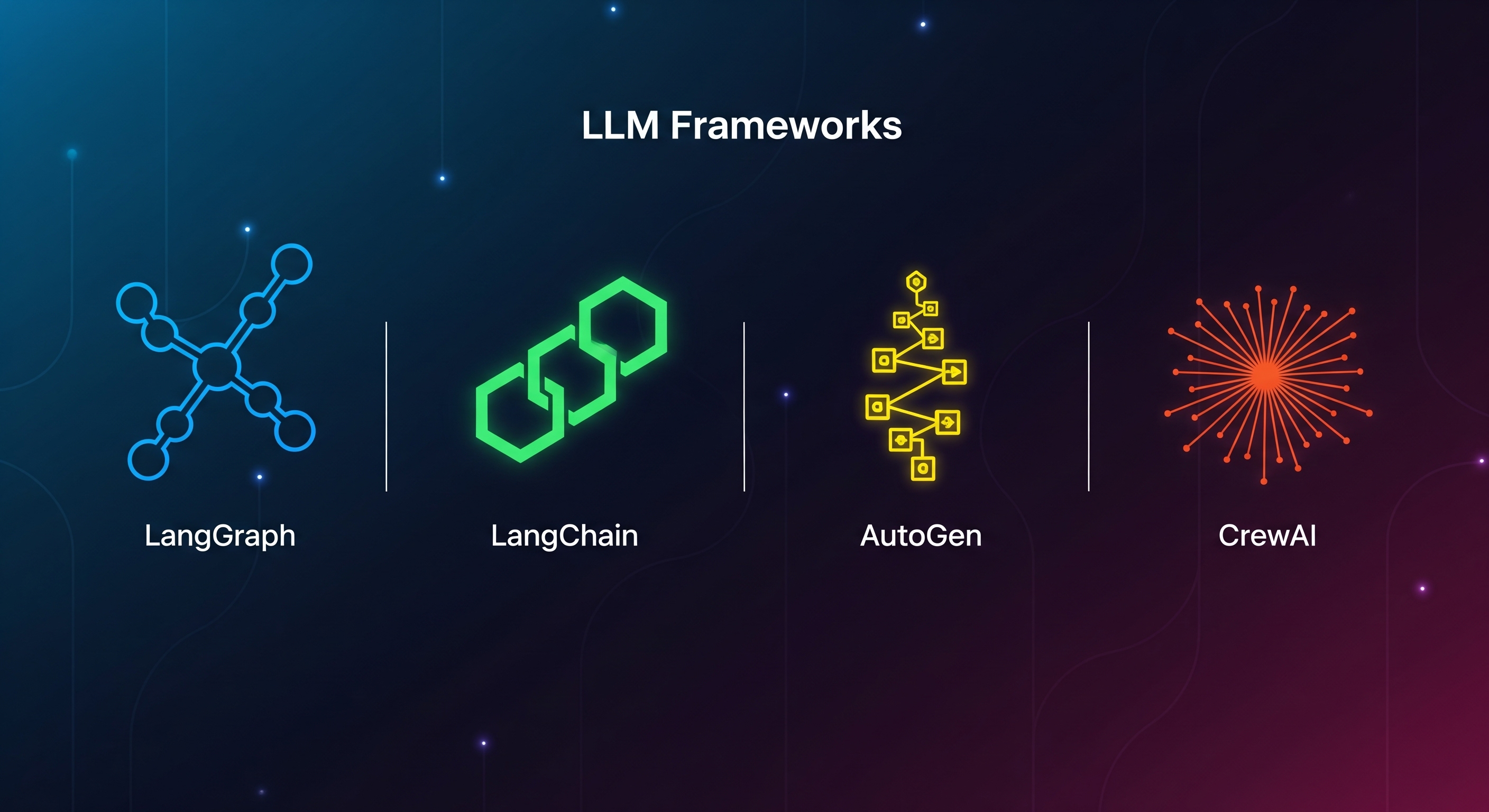Understanding Supervised Learning Models — Simple Analogies for Everyone
.png)
🧠 Understanding Supervised Learning Models — Simple Analogies for Everyone
1️⃣ Linear Regression Models → Height vs. Age
👦 Imagine you’re watching kids grow.
• As age increases, height usually increases.
• A line shows: “The older you are, the taller you get.”
👉 It’s like guessing how tall you’ll be on your next birthday.
2️⃣ Tree-Based Models → Asking Questions Game
🎯 Think of the “20 Questions” game:
• “Is it an animal?”
• “Does it live in water?”
• “Is it big or small?”
Each question is a branch.
👉 Just like a decision tree keeps asking questions until it finds the answer.
3️⃣ SVM (Support Vector Machines) → Sorting Toys
🧩 Imagine you have balls and cubes mixed on the floor.
You draw a line on the ground to separate them:
• Balls go on the left
• Cubes go on the right
👉 SVM is just finding the best line so toys don’t mix up.
• Linear models = drawing a line to guess how something grows.
• Tree models = asking yes/no questions to decide.
• SVMs = drawing a line to separate two different groups of things.
🏏 Another Example — Cricket Edition
Perfect image 👌 — it shows three supervised learning model types:
- Linear regression-based models
- Tree-based models
- Support Vector Machines (SVMs)
Let’s explain each one using cricket analogies ⚡🏏
1️⃣ Linear Regression–Based Models
📊 Idea: Fit a line/curve to predict outcomes.
• In cricket: predicting a batsman’s total runs based on strike rate, average, and balls faced.
• Example: “On average, for every extra 10 balls faced, the batsman scores 12 more runs.”
• Works well if the relationship is fairly smooth/linear.
2️⃣ Tree-Based Models (Decision Trees, Random Forests)
🌳 Idea: Split decisions into rules like “if/else.”
• In cricket: a captain’s field setting decisions.
o If bowler is a spinner → set close-in fielders.
o Else if it’s a fast bowler and batsman is a tail-ender → put slips and short leg.
o Else if batsman is set → spread the field.
• The model keeps splitting conditions until it predicts an outcome like wicket, six, or dot ball.
3️⃣ Support Vector Machines (SVMs)
📐 Idea: Draw the best possible boundary (line/plane) between two classes.
• In cricket: deciding whether a ball is “likely to be hit for a boundary” vs. “defended” based on its speed and length.
• SVM tries to find the best separation line between:
o Aggressive shots (boundaries)
o Defensive shots (blocks/dots)
• Think of it like an Umpire’s Decision Review System (DRS) drawing the margin line — the ball is either in “boundary zone” or “defense zone.”
✅ Summary in Cricket Terms:
• Linear regression models → predict continuous things (e.g., how many runs a player will score).
• Tree-based models → act like captains making branching decisions ball by ball.
• SVMs → act like an umpire drawing the exact line that separates two outcomes (boundary vs. defense).
4️⃣ Logistic Regression Example
🏏 How it looks in cricket
- 🏆 Match Win Predictor
o Inputs: runs needed, overs left, wickets left.
o Logistic regression says:
“Team has 82% chance to win from here.” - 🧢 Batsman Scoring 50+
o Inputs: batting position, opposition, ground size, recent form.
o Model says:
“This player has a 40% chance of scoring a half-century.” - 🎯 Ball Outcome
o Inputs: bowler speed, line, batsman type.
o Model says:
“This ball has a 12% chance of taking a wicket.”
See more blogs
You can all the articles below

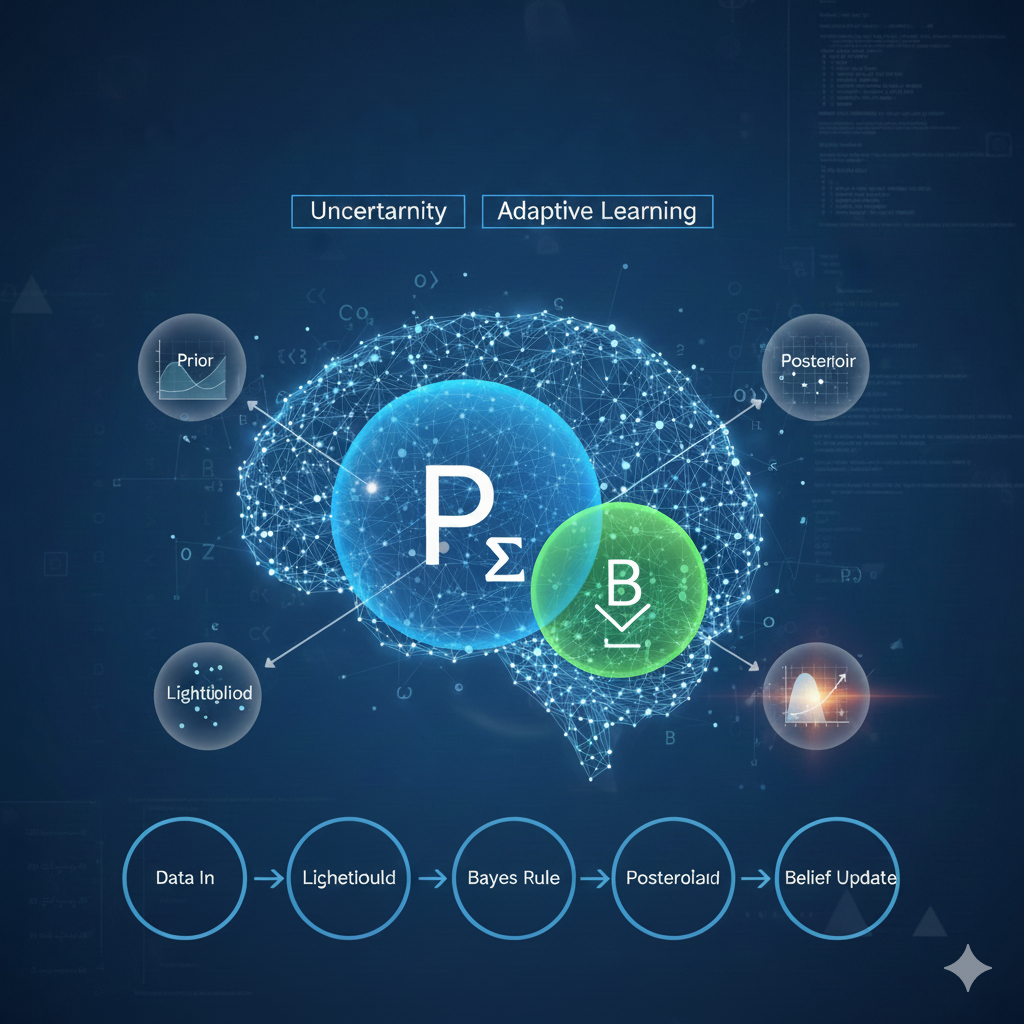

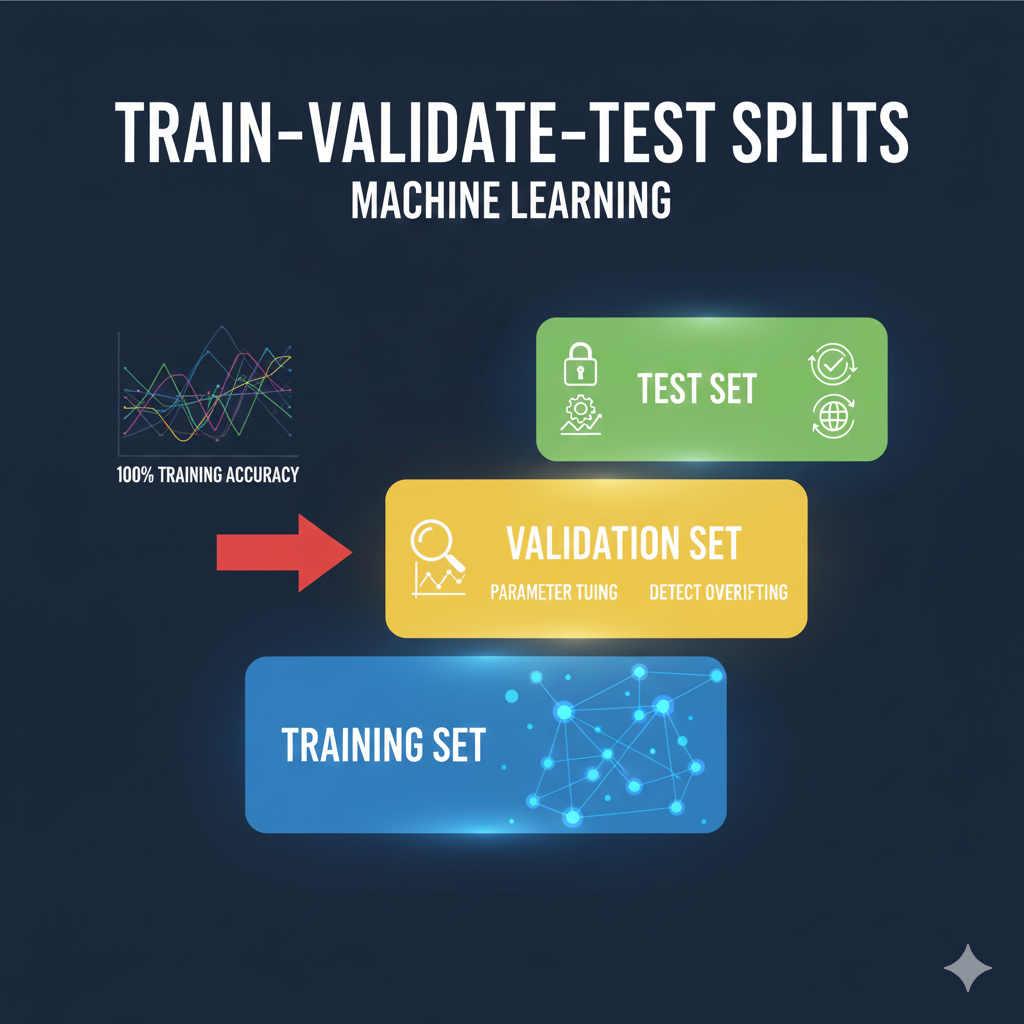

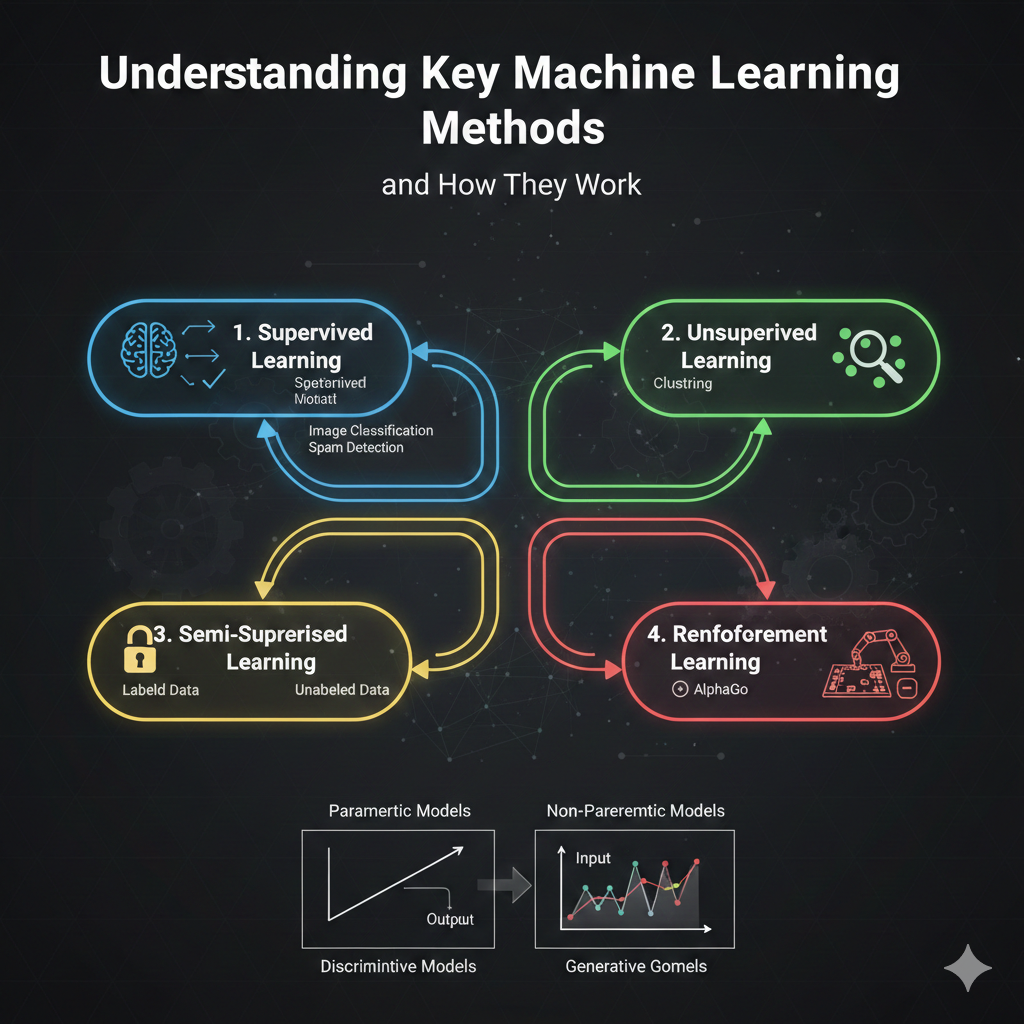
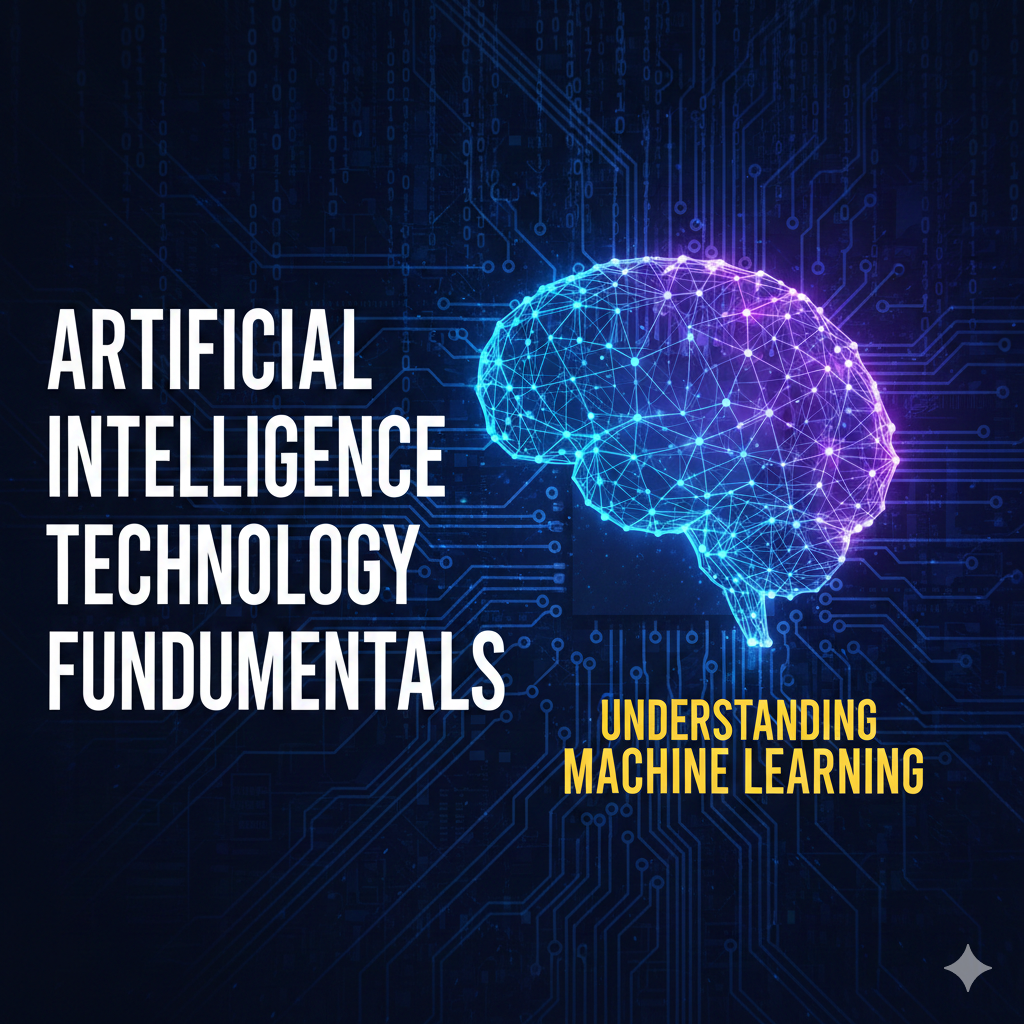
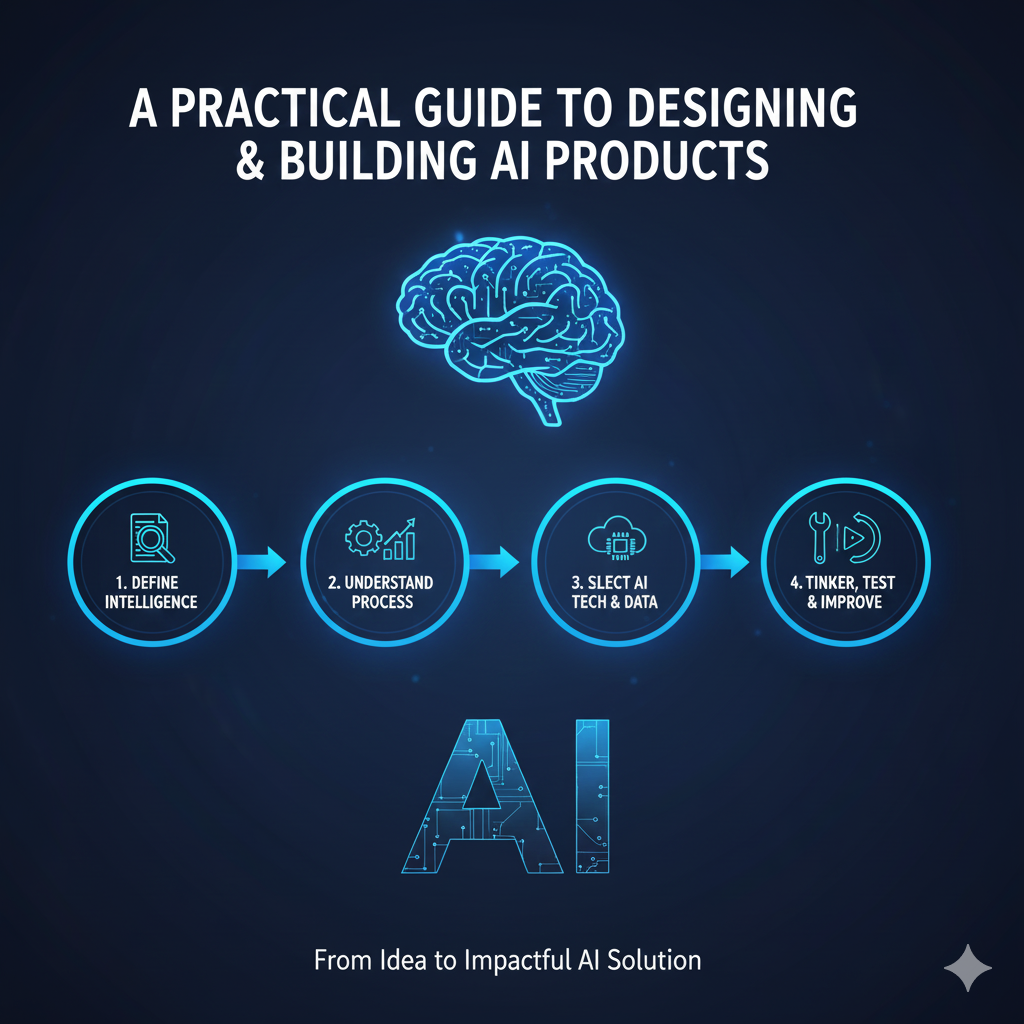
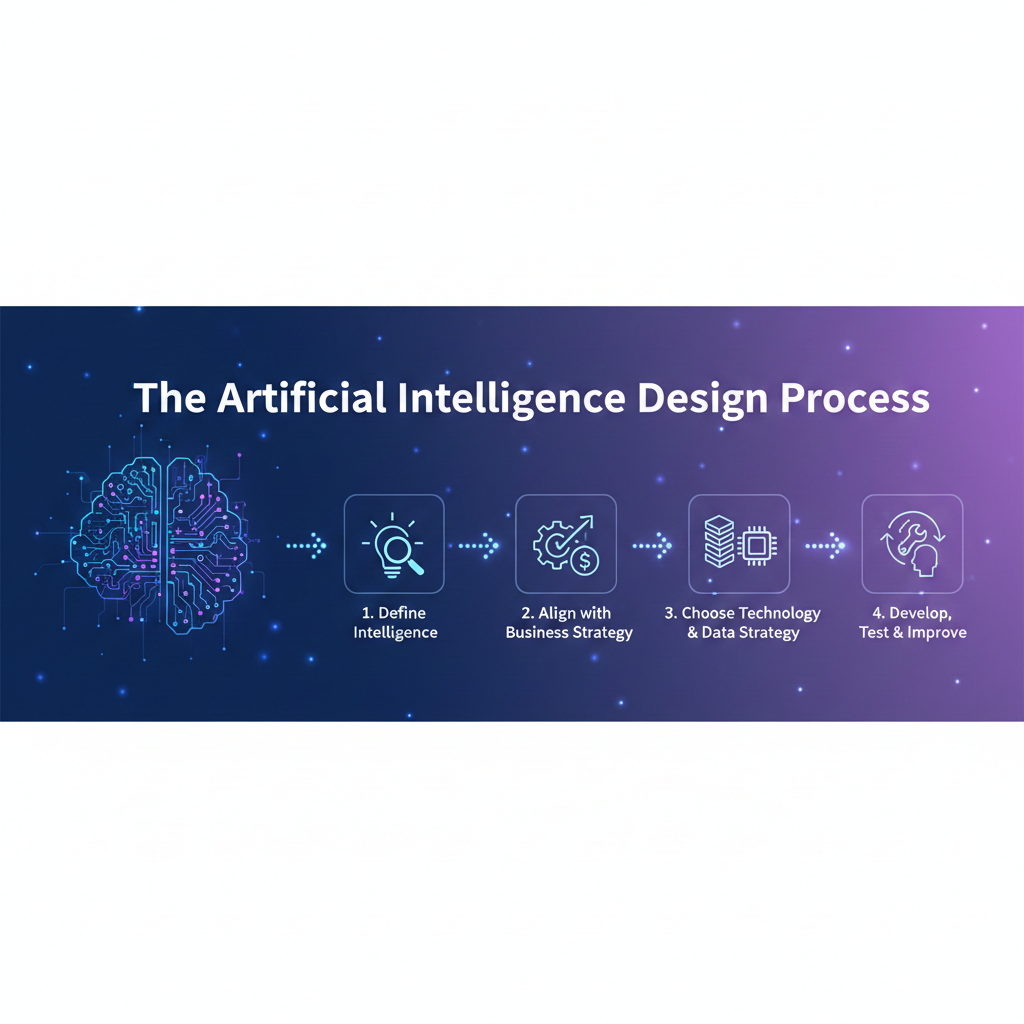
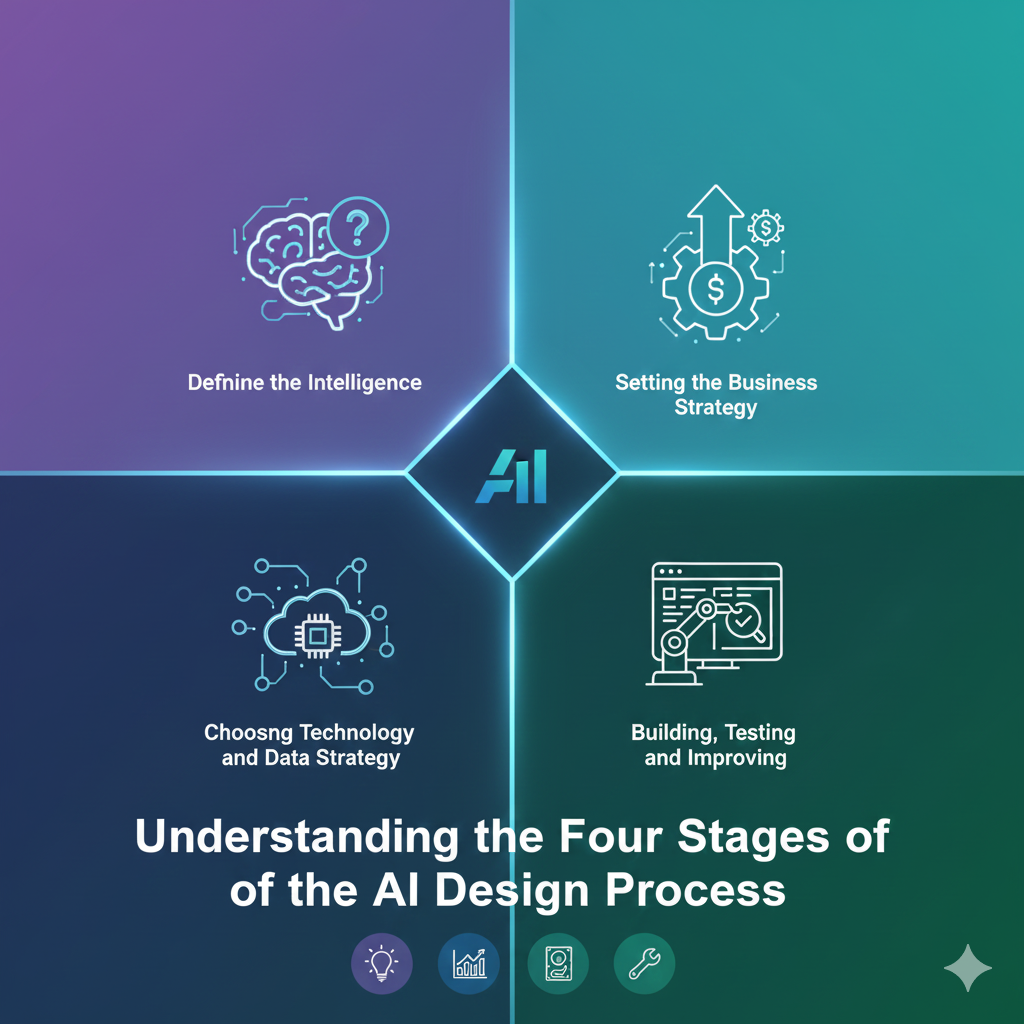



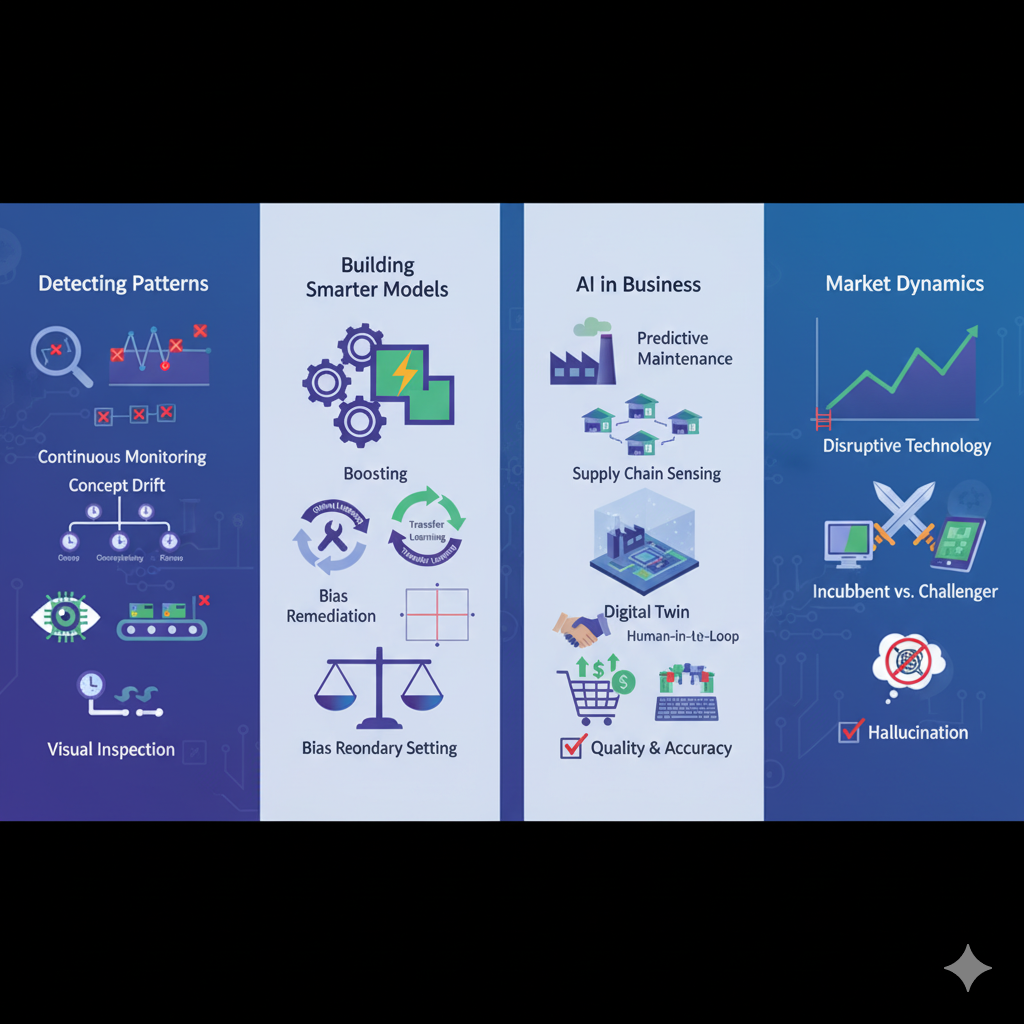
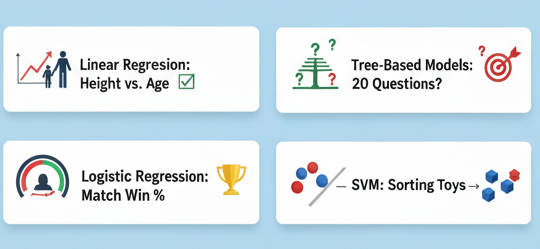




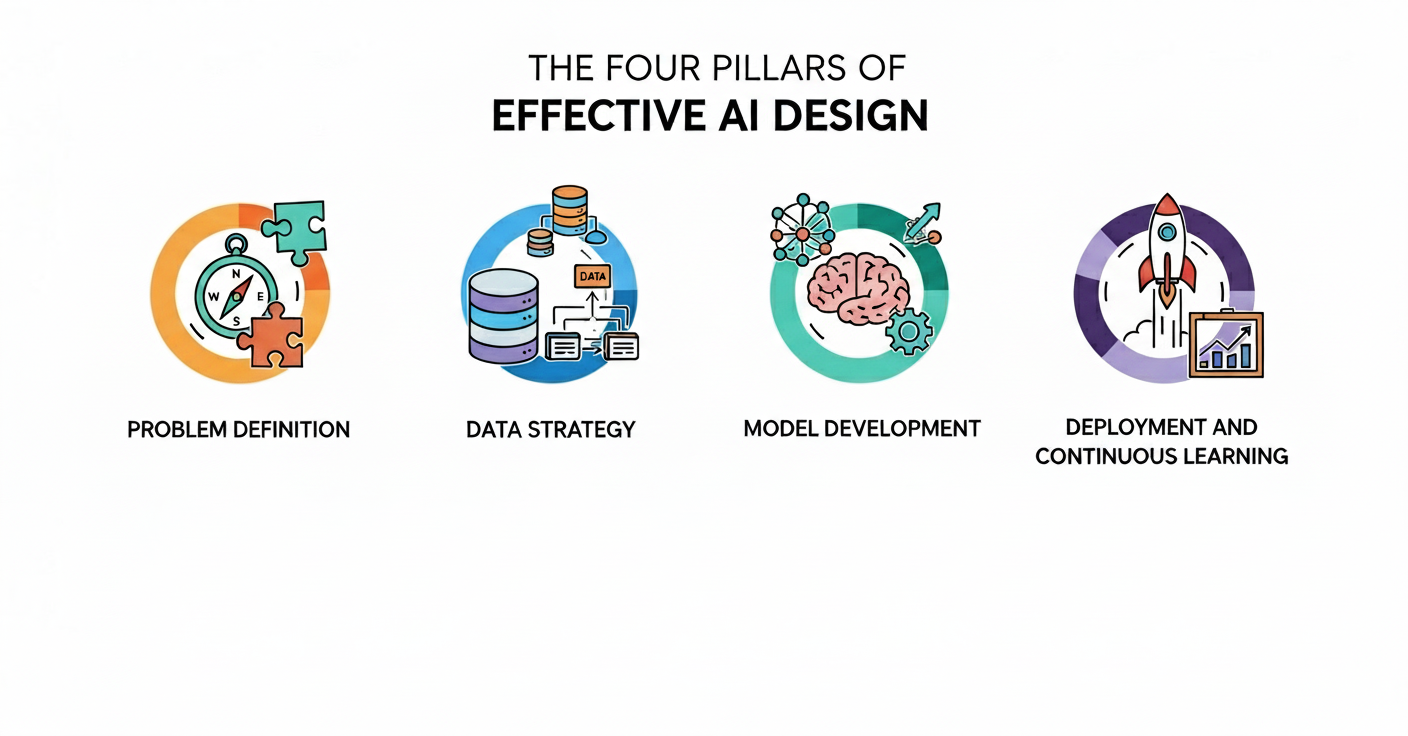
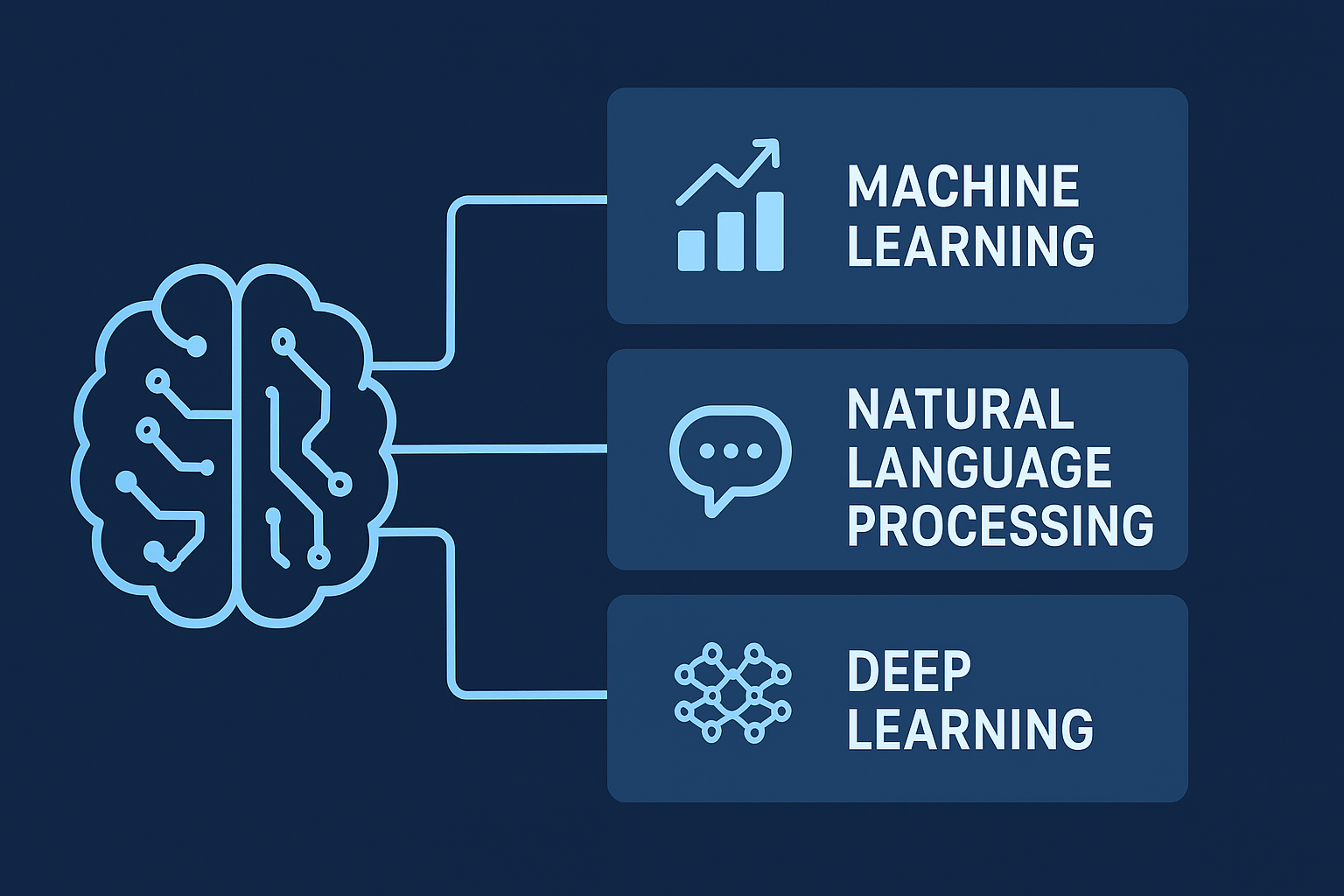
.png)
